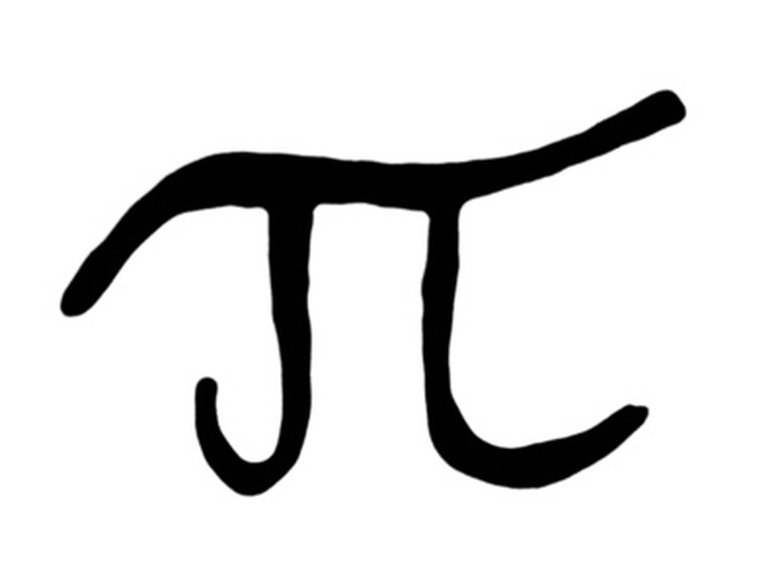High School PI Day Projects
On March 14th, or 3/14, you can celebrate "Pi Day" with a range of activities and projects centered around the mathematical value "pi," which rounds to approximately 3.14159. Among your celebrations and activities, include a treats table with plenty of pi's tasty homophone, homemade and freshly baked, if possible. Even if your math class isn't particularly focused on "pi," you can use the same day as a worthy excuse for celebration, as it marks Albert Einstein's birthday, as well.
Memory Contests
Memory Contests
Test students' memorization abilities by holding a pi-reciting contest. Give students time beforehand to review the value of pi. Then, let the students recite the number to as many digits as they can remember. After a preliminary round, teach the students various mnemonic devices and methods for remembering more easily. For example, they can assign each number to a letter and then think of a word beginning with that letter. Alternately, they can think of phrases related to the number. For "3.14," you might remember the sentence "Blind mice are lonely on a golf course," based on the songs "Three Blind Mice" and "One is the Loneliest Number," plus the exclamation of a golfer: "Fore!"
Pie-Decorating Contests
Pie-Decorating Contests
For a tasty and fun spin on usual math projects, let your culinary-minded students show off their talents. Have students decorate a pie based on some mathematical theory or concept. For example, a student could create a lattice-top cake to resemble a coordinate plane, graphing a lacy function of pie dough across its grid. For a pi-inspired pie, you could cut the value's sign into a solid upper pie shell.
Pi-Themed Songs
Pi-Themed Songs
In the spirit of a celebration, have students work together to set lessons about pi to music. For example, EducationalRap.com dedicates a rap to the value pi, with lines like "If I'm buyin' rims for a car–circumference–hey, yo, 2 Pi r...," referring to the formula for determining circumference, two times pi times the circle's radius.
Hats Off for Pi Day
Hats Off for Pi Day
Collect a number of hats, each of different sizes and with the sizes clearly marked. Noting the hats' different sizes, brainstorm ideas for how hat-makers might determine sizing. Use a string and a ruler to measure the circumference of the different hats and the circumference of different people's heads. Typically, heads have circumferences between 21 and 25 inches; divide that by pi, and you arrive at the corresponding hat sizes. As an extension, after you have used the string to measure circumference, look at how many times you can cut the string to arrive at the diameter of the same circle; it should be just over three times.
Cite This Article
MLA
Hill, Danielle. "High School PI Day Projects" sciencing.com, https://www.sciencing.com/high-school-pi-day-projects-7884291/. 24 April 2017.
APA
Hill, Danielle. (2017, April 24). High School PI Day Projects. sciencing.com. Retrieved from https://www.sciencing.com/high-school-pi-day-projects-7884291/
Chicago
Hill, Danielle. High School PI Day Projects last modified August 30, 2022. https://www.sciencing.com/high-school-pi-day-projects-7884291/
